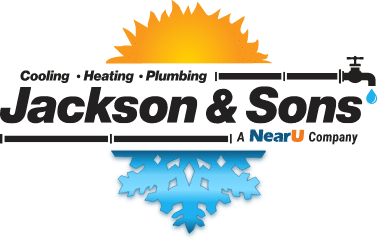
Did you know that pollutants such as pollen, smoke, dust, dander and even pathogens such as mold, viruses and bacteria can be present in the air that we breathe inside our homes and businesses? We may not be able to see them, but these pollutants and pathogens can be present in the inside air and the results can be very damaging to your health.
Poor Indoor Air Quality
Inside air may contain a dangerous number of pollutants and pathogens that can impact your health. The Environmental Protection Agency has estimated that indoor air may be five times more polluted that the air outside. Poor indoor air quality has been tied to symptoms such as headaches, fatigue, trouble concentrating, irritation of the eyes, nose, throat and lungs. Some long-term effects of exposure to poor indoor air quality can include severe allergies and asthma, heart disease, respiratory issues and even cancer.
Evaluate Health Symptoms
Monitor the health symptoms of everyone in your home. This can help isolate problem IAQ. For example, if someone suffers headaches and wheezing while only at work, the IAQ problem could be at work and not in the home.
The types of symptoms are also important. For example, confusion and nausea may be associated with dangerous carbon monoxide levels. (Please note that every home with at least one fuel burning appliance, heater, attached garage, or fireplace should have a CO Monitor.)
Sneezing and runny nose tracks more closely to allergens, such as mold, pollen, and dander.
Find a Solution
How to improve indoor air quality:
- Change the HVAC filters as recommended by the filter manufacturer or by the recommendation of your HVAC professional.
- Regular HVAC maintenance tune ups on your heating and cooling system and the ductwork to keep the system running at top efficiency.
- Use a dehumidifier if there is a moisture problem to prevent mold and mildew issues.
- Bathe and brush pets frequently to prevent dander and hair build up.
- Avoid cleaning products or air fresheners that contain artificial scents.
- Houseplants can improve the quality of the air indoors by absorbing carbon dioxide and pollutants.
- Vacuum with a high-efficiency particulate air (HEPA) filter to draw allergens and other indoor air pollutants.
In addition to the above suggestions, the newest technology available in air purification uses patented needlepoint bipolar ionization (NPBI) technology to create equal amounts of positive and negative ions. When these ions are injected into the air stream, they break down passing pollutants and gases into harmless compounds like oxygen, carbon dioxide, nitrogen and water vapor.
When the ions come in contact with viruses, bacteria or mold, they remove the hydrogen molecules – without them, the pathogens have no source of energy and will die. The ions also attach to allergens like pollen and other particles, causing them to band together until they are large enough to be caught by your ventilation system’s air filter. This process is proven by independent laboratory testing to be a safe and effective step to protect your IAQ. This process has proven to reduce both COVID-19 and the Human Coronavirus.
To learn more about this product and other HVAC enhancements available to improve Indoor Air Quality, contact the professionals at Jackson & Sons today!

